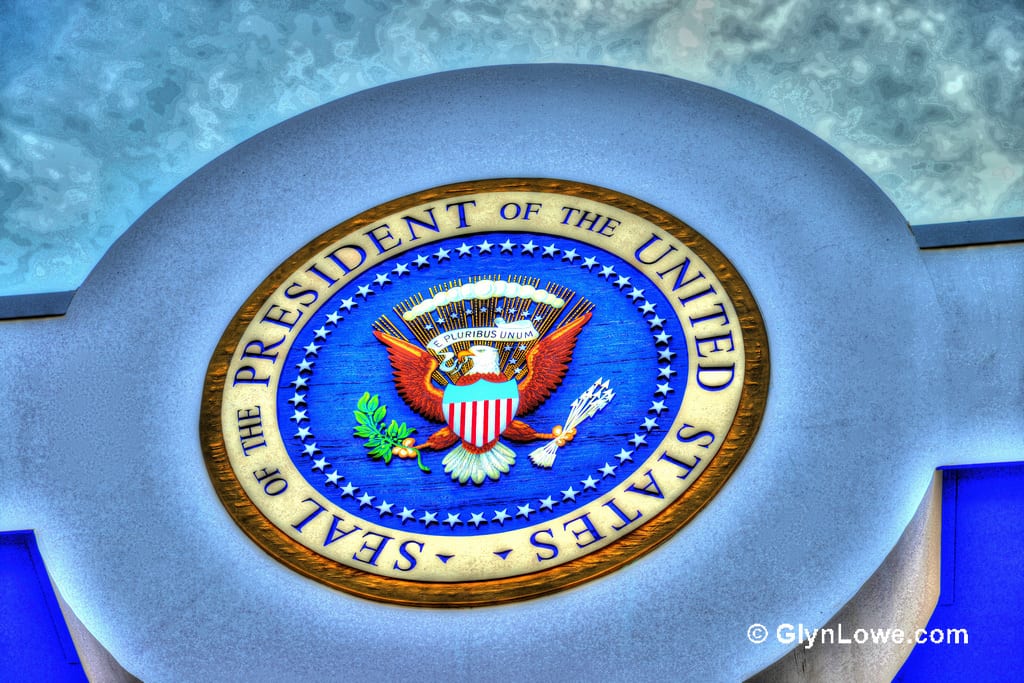Commentators often claim that being President of the U.S. is totally different from being a CEO, because “you can’t just order everyone around.” This comment is usually made by someone who has never worked anywhere near a CEO, or they would realize that CEOs can’t order people around and be successful. While there are certainly differences between being POTUS and CEO of a major company, it is much more similar than not. Fortune 500 CEOs deal with many of the same issues as the President, because they both are in charge of large organizations and must balance many competing interests.
One of the first things I teach CEOs is what I call the Decision Nexus. To move the organization forward, CEOs must try to balance the often-competing interests of the following three very different stakeholders: employees, shareholders and customers. A good decision takes into account the needs of all three groups. A similar nexus can be used to explain how a President should think about his or her job.
Employees
Just like any large organization, the federal government has hundreds of thousands of employees. Most Presidents spend little time thinking about the average government worker or trying to make changes to improve performance at an individual level (not to mention at a departmental or organizational level). While they often spend much time on making various appointments, the criteria Presidents use have more to do with political payback than how well each appointee can do the job. An experienced CEO in the role of President would know how important it is to get the right people in the right seats to accomplish his or her key objectives.
Shareholders
The shareholders for the President are obviously the American people. Some Presidents seem to forget that they are the President of everyone, not just the people who voted for them. Communicating clearly and authentically with shareholders is key to having a productive relationship, whether in business or in the White House. Addressing legitimate concerns of shareholders instead of ignoring them is a vital role for any leader.
Customers
Finally, who are the customers of the President? Think about what customers provide a business: By buying products and services they provide the resources for the business to pay employees and invest in projects. In the case of the President, Congress is the entity that provides the resources by constitution.
I would suggest the President should treat Congress as the “customers” they are. It doesn’t mean he would do anything against his principles; merely that he would try to market and sell his ideas to Congress. He would discover where there was agreement and produce product to meet the need, forming whatever coalition necessary to sell the deal.
What can the President provide Congress in return? Significantly, he provides the ability to get anything done. As we have seen, it is very hard to accomplish anything if the President is truly against it.
This is a far different approach than most recent Presidents have taken. An experienced executive would understand that to accomplish anything, he must balance the interests of employees, shareholders, and customers. Nothing I have written is partisan in any way, but simply the best way to be an effective executive.
For more on how to balance these three constituencies, see the “Employees vs. Customers vs. Shareholders” chapter of my book “The CEO Tightrope: How to Master the Balancing Act of a Successful CEO.”
Photo Credit: Glyn Lowe Photoworks. via Compfight cc






0 Comments